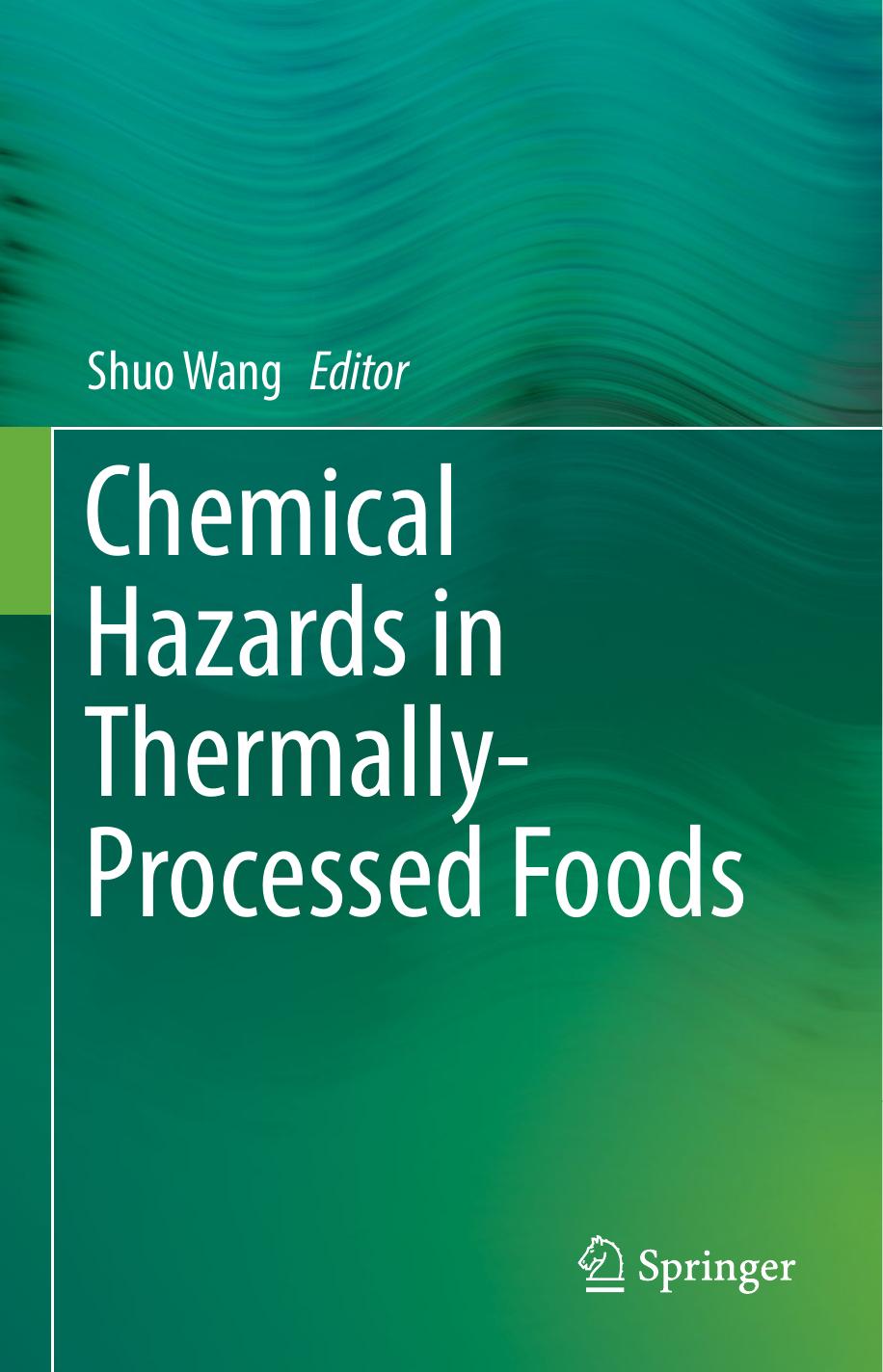Chemical Hazards in Thermally-Processed Foods by Shuo Wang

Author:Shuo Wang
Language: eng
Format: epub, pdf
ISBN: 9789811381188
Publisher: Springer Singapore
4.3.7 Concluding Remarks
The volatility of furan raises difficulties in handling for analysis. Starting from sampling prior to analysis, the samples should be kept in cold conditions and/or sealed in vials. Headspace sampling, either by direct injection or by using SPME, is a well-established technique for furan analysis, and they are validated and commonly used by researchers. However, using these techniques need additional attention as misapplication could lead to forming extra furan and overestimation.
There are several studies published on the elimination of furan formation in different foods. Different food matrices imply different reaction mediums with numerous variables, such as composition (presence of precursors, i.e., sugars, amino acids, ascorbic acid, PUFA), pH, oxygen concentration, and water content, and might need specific approach. On the other hand, different food products require and undergo relevant thermal process, which ultimately determines the final furan content of food. Eliminating precursors from the food formulation or modifying formulation or thermal processes may not always be viable approaches, as desired sensory property and/or microbiological safety of the food should be attained at the same time. For example, although coffee contains the highest amount of furan, there is no applicable strategy to be applied without affecting the sensory properties. Or, decreasing the thermal process temperature of canned/jarred foods, particularly baby foods, would not ensure the inactivation of pathogens. Incorporation of certain additives (furan inhibitors) to food products could also yield change in the organoleptic properties. As complex systems, foods may possess more than one potential precursor leading to furan formation through different mechanisms during processing. Mitigation of furan in foods is not an easy task. As reviewed in this chapter, there is no sole method to be applied for controlling furan formation in various kinds of foods. Future studies on developing efficient and applicable strategies are therefore recommended.
Download
Chemical Hazards in Thermally-Processed Foods by Shuo Wang.pdf
This site does not store any files on its server. We only index and link to content provided by other sites. Please contact the content providers to delete copyright contents if any and email us, we'll remove relevant links or contents immediately.
| Automotive | Engineering |
| Transportation |
Whiskies Galore by Ian Buxton(41879)
Introduction to Aircraft Design (Cambridge Aerospace Series) by John P. Fielding(33064)
Small Unmanned Fixed-wing Aircraft Design by Andrew J. Keane Andras Sobester James P. Scanlan & András Sóbester & James P. Scanlan(32743)
Craft Beer for the Homebrewer by Michael Agnew(18140)
Turbulence by E. J. Noyes(7936)
The Complete Stick Figure Physics Tutorials by Allen Sarah(7307)
Kaplan MCAT General Chemistry Review by Kaplan(6867)
The Thirst by Nesbo Jo(6828)
Bad Blood by John Carreyrou(6552)
Modelling of Convective Heat and Mass Transfer in Rotating Flows by Igor V. Shevchuk(6391)
Learning SQL by Alan Beaulieu(6211)
Weapons of Math Destruction by Cathy O'Neil(6146)
Man-made Catastrophes and Risk Information Concealment by Dmitry Chernov & Didier Sornette(5921)
Digital Minimalism by Cal Newport;(5664)
Life 3.0: Being Human in the Age of Artificial Intelligence by Tegmark Max(5474)
iGen by Jean M. Twenge(5366)
Secrets of Antigravity Propulsion: Tesla, UFOs, and Classified Aerospace Technology by Ph.D. Paul A. Laviolette(5309)
Design of Trajectory Optimization Approach for Space Maneuver Vehicle Skip Entry Problems by Runqi Chai & Al Savvaris & Antonios Tsourdos & Senchun Chai(5011)
Pale Blue Dot by Carl Sagan(4912)
